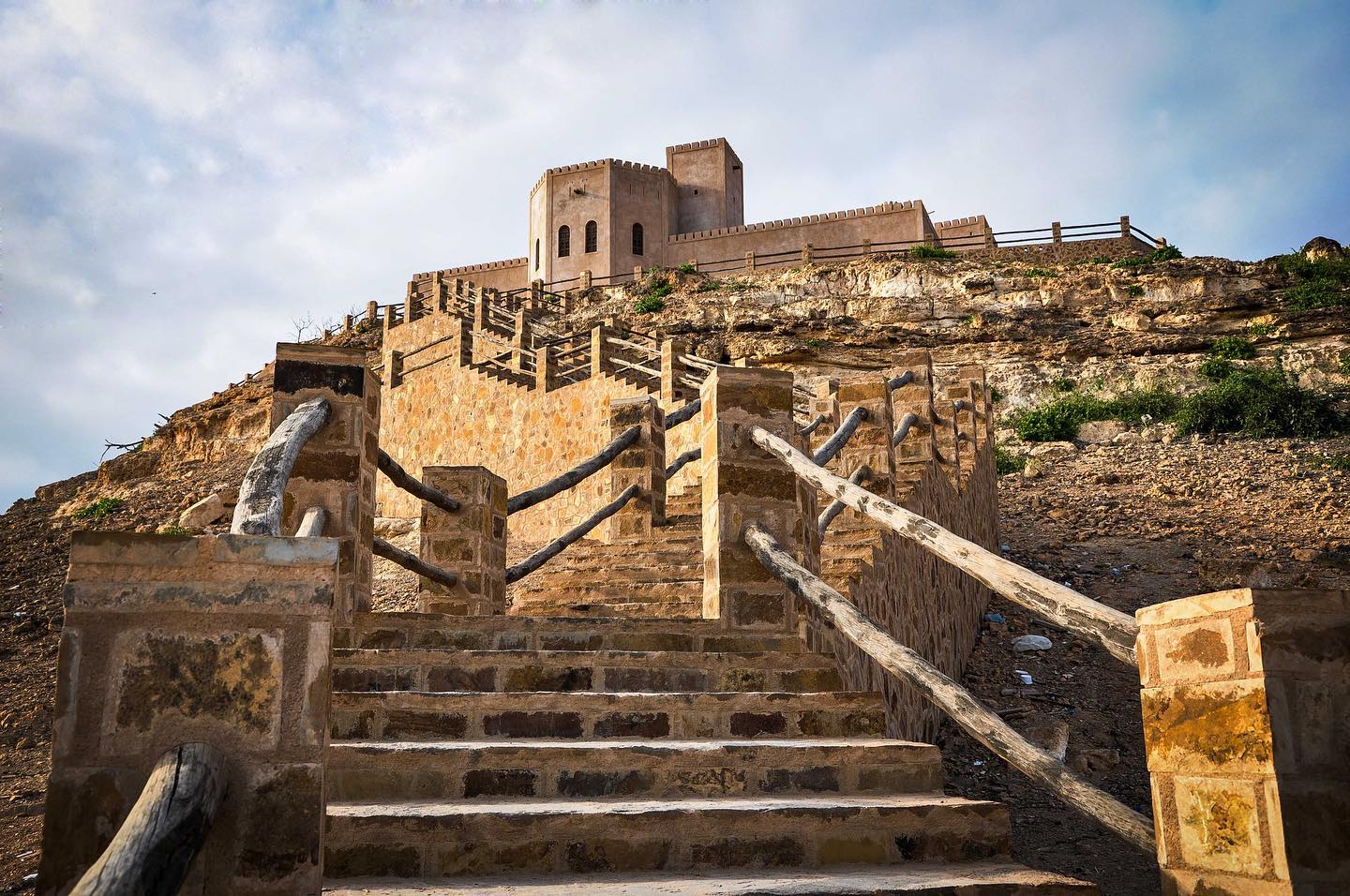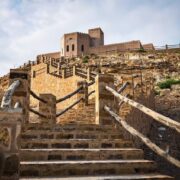
Exploring Oman’s Heritage: A Guide to Historical Tours
You’re about to embark on an incredible journey through Oman’s rich heritage. You’ll marvel at ancient architectural wonders, dive deep into bustling souks, and explore fascinating archaeological sites. You’ll also discover why Oman’s UNESCO Heritage Sites are globally celebrated. Ready to immerse yourself in a unique blend of history and culture? Let’s dive in and start exploring Oman’s captivating past.
The Historical Significance of Oman
You’ll find that Oman’s rich history, marked by ancient civilizations and strategic trade routes, plays a pivotal role in its current cultural identity.
Oman’s dynasties have left a lasting impression on the nation’s architecture, customs, and traditions. The Ya’rubid Dynasty, for example, led Oman in its golden age of naval exploration and trade, shaping its maritime traditions that still exist today. As you explore the ancient forts or stroll down the Mutrah Corniche, you’re experiencing the echoes of these dynasties.
Their influence is evident even in the distinctly Omani hospitality and the vibrant souks brimming with frankincense, spices, and handcrafted silverware.
Oman’s Ancient Architectural Wonders
Stepping back in time, you’ll marvel at Oman’s ancient architectural wonders, which serve as tangible evidence of its storied history. The Omani fortresses, scattered across the country, are a testament to the nation’s strategic brilliance. Bahla Fort, a UNESCO World Heritage Site, is an exceptional example of Omani defensive architecture.
You’ll also encounter traditional crafts reflecting Oman’s cultural richness, like the intricate wooden doors in Old Muscat or the beautiful pottery of Bahla. These crafts, interwoven with architectural styles, illuminate Oman’s complex history of trade, warfare, and cultural exchange.
From mudbrick castles to towering forts, Oman’s architecture is as diverse as its landscape. So, don’t just visit Oman – explore it, and let its architectural secrets unravel before your eyes.
Cultural Immersion: Omani Souks
In every corner of Oman, there’s a traditional souk waiting for you to delve into, where you can immerse yourself in the country’s rich cultural tapestry. These bustling markets offer a sensory overload, a blend of enticing scents, vibrant colors, and the hum of bartering.
Here, you’ll find the heart of traditional Omani cuisine. From the tangy, spiced flavors of shuwa to the sweet delicacy of halwa, you’ll be spoiled for choice. These souks also showcase Omani handicrafts mastery. Marvel at the intricately designed silver jewelry, handwoven rugs, and ornate pottery that reflect centuries of tradition. Visiting an Omani souk isn’t just shopping; it’s an immersive cultural journey, a testament to Oman’s heritage.
Unearth Oman’s Archeological Sites
After immersing yourself in Oman’s vibrant souks, prepare to journey back in time as you explore the country’s rich archaeological sites. You’ll find yourself in awe of the desert excavations, where Bronze Age discoveries tell tales of civilization from over 5,000 years ago.
Bat, Al-Khutm, and Al-Ayn are UNESCO World Heritage Sites, showcasing Oman’s earliest settlements. Marvel at the Beehive Tombs, ancient stone structures that dot the landscape, a testament to the skills of Bronze Age builders.
Don’t miss the city of Qalhat, once a thriving trading hub, now an archaeological treasure trove. These sites encapsulate Oman’s historical narrative, offering you a closer look at a past that continues to shape its vibrant present.
Exploring Oman’s UNESCO Heritage Sites
Your exploration of Oman’s heritage wouldn’t be complete without diving into its UNESCO Heritage Sites, a testament to the nation’s enduring cultural legacy. These sites encapsulate Oman’s rich past, offering an authentic snapshot of its history.
Venture on desert safaris to the archaeological sites of Bat, Al-Khutm and Al-Ayn, reflecting Bronze Age settlements. You’ll marvel at the ancient tombs and remnants of bygone civilizations. Don’t miss Bahla Fort, a stunning example of medieval Islamic architecture.
Experience the Bedouin customs in the Aflaj Irrigation Systems of Oman, a testament to the ingenious water management dating back to AD 500. These sites not only enrich your understanding of Oman’s history but also its unique cultural tapestry.
Conclusion
You’ve explored Oman’s rich history, marveled at ancient architecture, haggled in vibrant souks, and unearthed archeological wonders.
You’ve stepped into the past at UNESCO heritage sites and felt history come alive. There’s no doubt, Oman’s heritage is a captivating tapestry of cultures and eras. As you journey home, these unforgettable experiences remain etched in your heart, a testament to Oman’s enduring allure. This isn’t just travel, it’s time travel, and Oman is your portal to the past.






